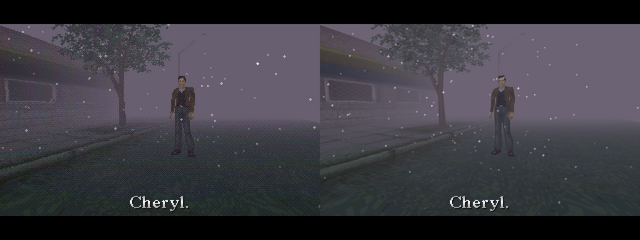Achieving a dithering effect is possible but only on a per-object basis. I've adapted instructions from here. I'll be using the dither pattern shown below:

First you need to have your material set to only render a few colours based on lighting with constant falloff. That means no smooth light/shadow gradient across the object. Here’s the material setup:

Now that we have very discrete levels of lighting on our model, we have the ability to mask out these areas based on colour and replace the colour with anything we want. In our case, a dithering pattern.
In the compositor use the Key Color node to select the colour you want to mask out.

Bring in your dither pattern texture using the Texture node.

Use the ColorRamp node to make the texture colour match that of the Key Color node.

Finally, use the Mix node to combine it all together.

The results will need adjusting to your needs. You will also need to do this for each colour you want to have a dither pattern.













